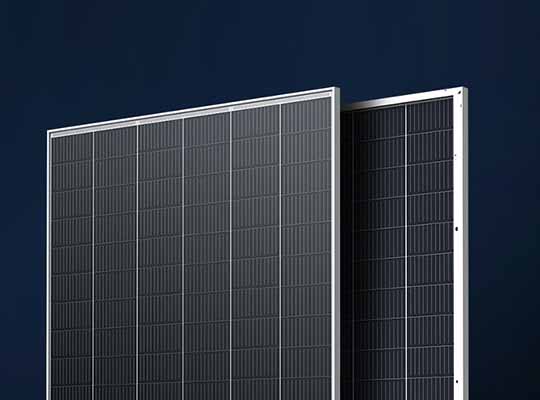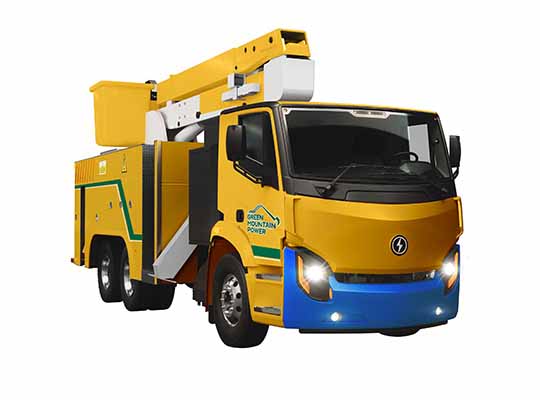CHANGZHOU, China – Recently, Trina Solar released a series of testing results on the mechanical reliability of the 670W Vertex module. Covering six tests, including static mechanical load test and five rigorous tests including non-uniform snow-load test, extreme low-temperature mechanical Load test, hail test, extreme DML test and extreme wind tunnel test, the serial testing results achieved an across-the-board verification of the excellent mechanical load reliability of the 670W Vertex modules.
Photovoltaic modules can be affected by multiple environmental factors in actual outdoor use, while extreme weather such as snowstorms and gale-force or higher winds necessitates a higher load performance. As a result, to protect the interests of the customers, module design needs to consider the ability to withstand extreme weather over the whole life cycle.
In May of this year, PV Evolution Labs (PVEL), one of the leading independent PV test laboratories, released its seventh annual global PV module test results, the 2021 PV Module Reliability Scorecard Report. Trina Solar again placed as a Top Performer for outstanding product reliability and performance among global PV module manufacturers. Dr. Zhang Yingbin, Head of Product Strategy and Marketing at Trina Solar said that completing the general reliability verification covered all the basics, while the advanced testing in this go-around was to verify that ultra-high-power modules can maintain their outstanding performance even when subject to extreme weather, creating one of the industry’s most reliable modules.
Among the lineup of rigid tests, the non-uniform snow-load test simulated uneven pressures caused by a large accumulation of heavy snow on the Trina Solar’s 670W module surface, with the highest pressure applied to the bottom end of the module of up to 7000Pa (equivalent to a depth of 2.8 meters of snow), with the results showing that the power attenuation of the module is only 0.56%.
The extreme low-temperature mechanical Load test, a static load testing of positive 5400Pa/ negative 2400Pa under an extremely low -40°C, showed no variation in electroluminescence (EL) and power attenuation of only 0.11%.
In the hail test that simulates the impact of hail of different sizes on modules, the 670W module eventually passed the test measuring the impact of hailstones 35 mm in diameter without causing any damage.
In multiple extreme dynamic mechanical load test, 210 Vertex 670W module delivered better performance than competitors’ modules with load capacity several times higher than the IEC standard. When installed by clamps, the 210 mm Vertex 670W double-glass module has passed the 20,000 cycles, 20-fold extreme testing, still remaining intact.
In extreme wind tunnel test, the 670W Vertex module remains intact when the wind speed reached 62m/s (216km/h or 134 mph), passing the extreme wind speed test equivalent to the low end of a Category 4 hurricane on the Saffir-Simpson scale.
Maintaining the consistent ultra-high reliability of Trina Solar modules, the 210 Vertex series modules integrated a series of design optimizations, including added frame wall thickness, larger cavities, optimized material selection and matching designs, to ensure ultra-high structural robustness. Through the series of rigid tests, the series’ excellent ability to withstand external mechanical stress that can calmly handle extreme wind, snowstorms, extreme cold, hail and other extreme weather was confirmed.
“As the component with the highest power output in mass production in the industry, the reason we chose 670W Vertex module as a testing object is not only to empower customers to intuitively understand the high reliability of 670W+ modules, but also to share research results across the whole of the industry for continuous innovation, comprehensive application of 600W+ modules and supporting carbon neutral.” said Dr. Zhang Yingbin.













